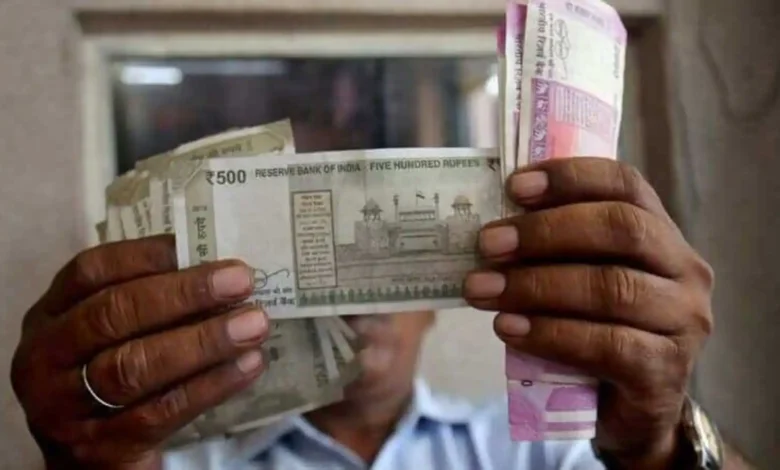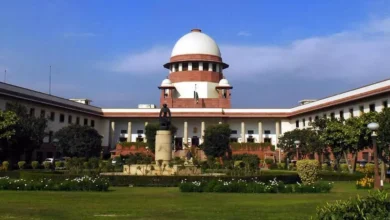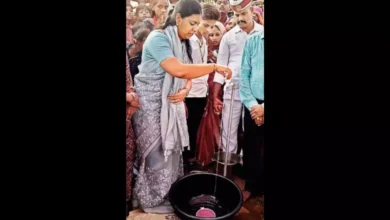India’s government employees celebrate early Diwali with 4% increase in dearness allowance
The decision is seen as a gift for over 47 lakh government employees and 68 lakh retirees. It increases the current DA by 4% from 42% to 46%.

The Union Cabinet has hiked the Dearness Allowance (DA) and Dearness Relief (DR) by 4% under the 7th Pay Commission. This decision is being hailed as an early Diwali present for over 47 lakh central government employees and 68 lakh retirees. The 4% increment raises the current DA from 42% to 46%. This substantial move from the government will come into effect from July 1, 2023.
The Hows and Whys of the DA Increase by government
The DA is a cost-of-living allowance that the government supplies to public sector employees, while the DR serves a similar purpose for retirees from central government roles. The All India Consumer Price Index (AICPI) from January to June is taken into account to arrive at the revised DA rates every six months. This is done to offset the eroding purchasing power of the monthly salary and pension wealth, given inflationary pressures.
Earlier reports signified that the government might approve a 3 percent DA hike for government employees. However, recent reports indicate a 4 percent hike in the offing. “The CPI-IW for June 2023 was released on July 31, 2023. We are demanding a four percentage point hike in Dearness Allowance. But the Dearness Allowance hike works out to be a little over three percentage points. The government does not factor in hiking DA beyond the decimal point. Thus DA is likely to be increased by three percentage points to 45 percent,” said Shiva Gopal Mishra, the All India Railwaymen Federation General Secretary, as quoted by PTI.

Understanding DA and Its Impact
DA assists government employees and pensioners in combating the effects of inflation, which results in higher costs of living. The Consumer Price Index for Industrial Workers (CPI-IW) is used to measure these inflation impacts, and the DA is adjusted twice yearly to account for such changes.
Moreover, how much DA a person receives is calculated as a percentage of their basic salary.
- For central government employees, the formula used is: Dearness Allowance percent = ((average of AICPI (base year 2001=100) for the past 12 months -115.76)/115.76) *100
- For public sector (Central Government) employees: Dearness Allowance percent = ((average of AICPI (base year 2016=100) for the past 3 months -126.33)/126.33) *100
It’s important to note that DA is fully taxable along with the salary under the Income Tax Act.
Revisiting the Numbers: What Does This Mean for Your Salary?
With the previous DA of 42%, employees drawing a minimum basic pay of Rs. 18,000 could receive an additional Rs. 7,560 per month. But with a 4% increase, this extra pay could extend up to Rs. 8,280 per month which would result in an annual salary increase of Rs. 8,640. And for employees drawing a higher basic pay of Rs. 56,900, they could see their monthly earnings rise by around Rs. 2,276, leading to an annual salary growth of Rs. 27,312.
Remember, the allowance is added to your monthly salary from November, inclusive of the arrears for the period between July to October. It is, however, fully taxable under the Income Tax Act, and should be declared as tax liability with the salary in the filed return.
With this decision, the festivities for government employees and pensioners certainly started early this year!
You might also be intersted in : Pollution across Delhi NCR reaches ‘very poor’ to ‘hazardous’ already: But wait till its time to put the blame on Diwali



